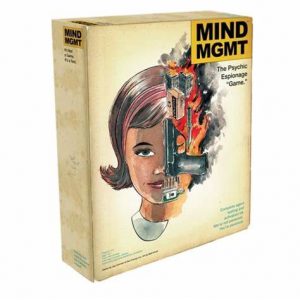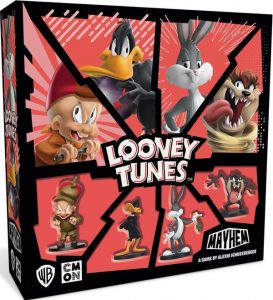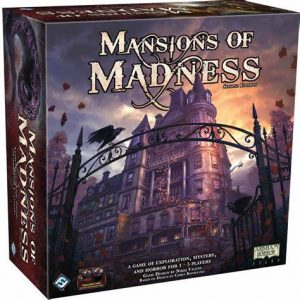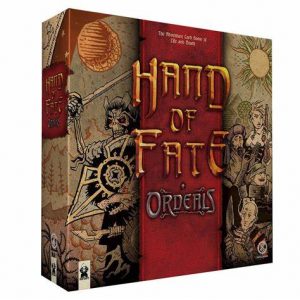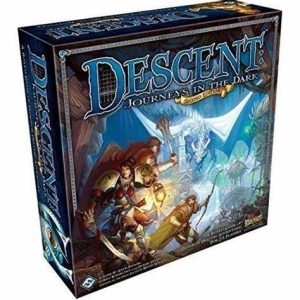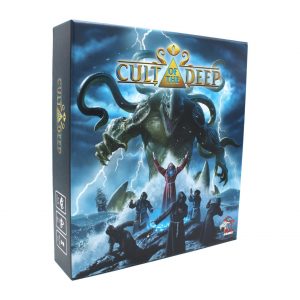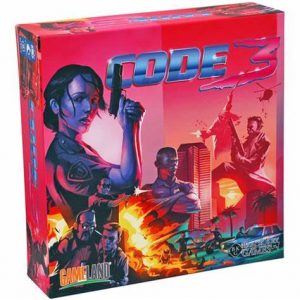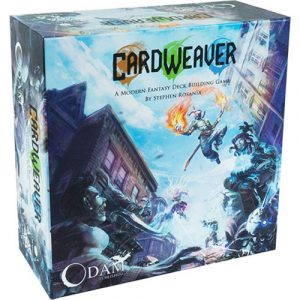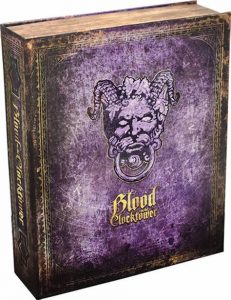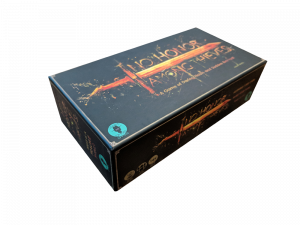
No Honor Among Thieves
No Honor Among Thieves is a competitive/cooperative game for three to six players, in which each player assembles a crew of thieves and sets out to see who can steal the most from the rich and powerful of the kingdom.
Each player is the head of their own crew, which consists of different character cards recruited from an array of thieves available for hire. These characters are then sent on heists to try and overcome defense cards in front of objectives, using their different sets of skills to bypass guards, traps and walls to get to the filthy lucre that they’re after. Players not involved in the heist will, of course, try and stop the thieves in their tracks by playing Scheme cards, which represent the quirks of fate which might cause a heist to fail–unexpectedly alert guards, City Watch patrols, or the simple mistake that leads to disaster.
Staging a heist alone is difficult, but working together with other players leaves you open to betrayal by your so-called allies, or gives you the chance to betray them, and take it all for yourself. Once any player has been betrayed, the game changes, and more dangerous abilities on different cards can now be played. The Assassin begins killing other characters, the Pickpocket starts stealing from players, the Fall Guy takes the blame, and the whole table becomes a little more vicious. Thieves like to believe they have a code of honor, but once that illusion is broken, there is no going back.
What will you risk to be the richest and cleverest thief in this city of rogues?
Game Mechanics:
- Action Points
- Bluffing
- Deck Building
- Dice Rolling
- Hand Management
- Open Drafting
- Take That
- Team Based
Game Specifications:
- 3 – 6 Players
- 90 – 120 Minutes
- Difficulty Weight 2.67
